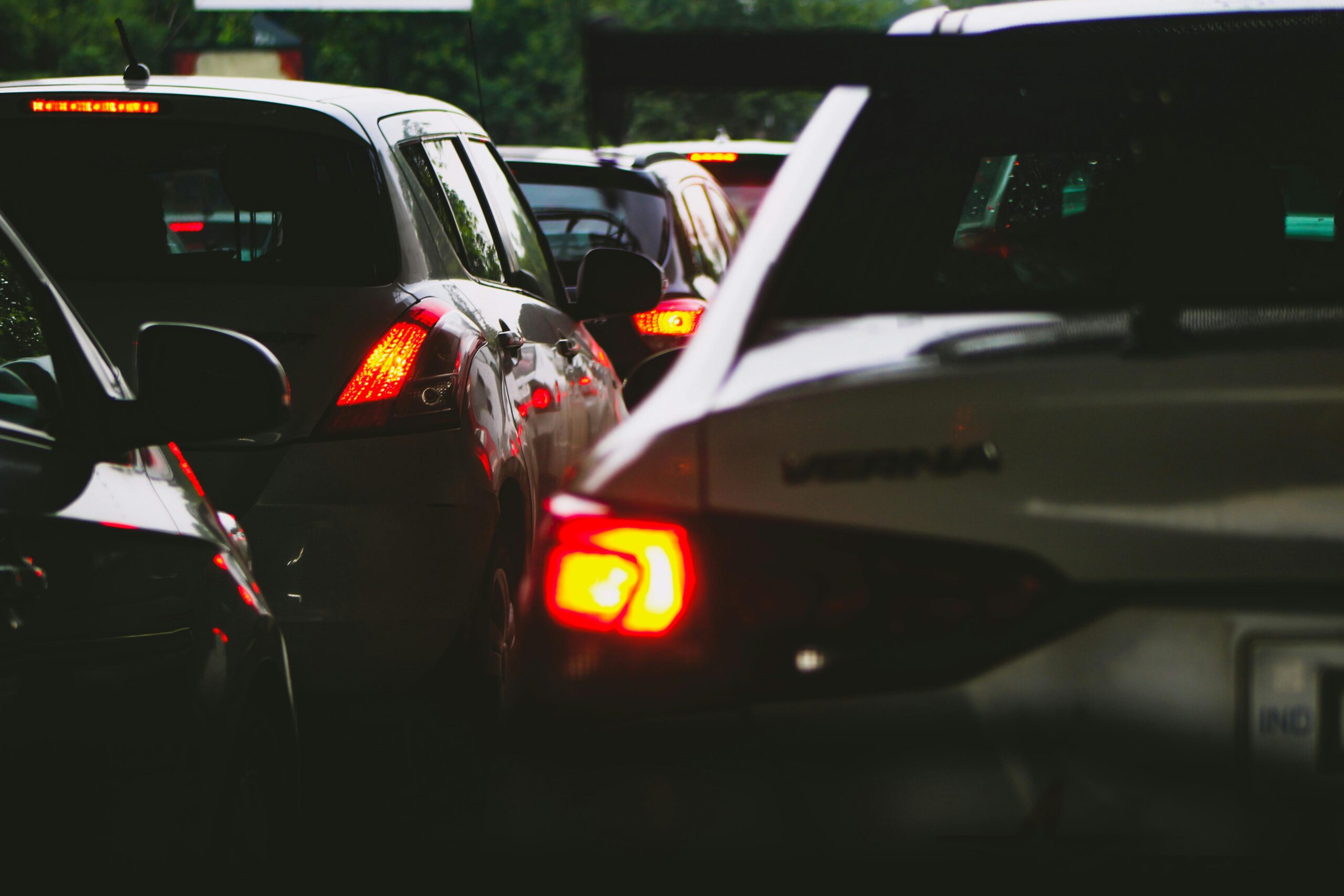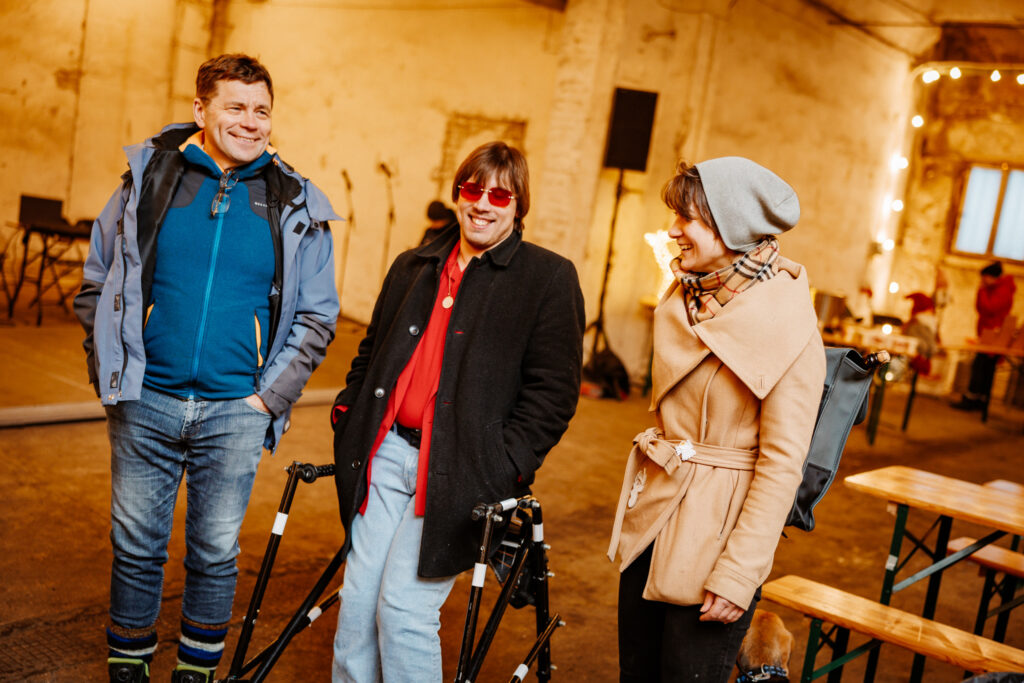Estonia is heavily car-centred. Analysing the data from the Roadmap, it is clear that our current urban planning practices strongly encourage car ownership. The solution lies in reassessing these practices.
The recently introduced Green Tiger Transport Roadmap highlights a significant statistic: there are, on average, 621 cars per 1,000 inhabitants in Estonia, ranking us 5th in the European Union. Moreover, our greenhouse gas emissions per inhabitant are the second-highest in Europe, underscoring a direct correlation between these two factors. 1
The Transport Roadmap presents a transformative vision: the potential to reduce the environmental impact of Estonia’s transport sector by up to 90% by 2040. To achieve this ambitious goal, the roadmap proposes concrete initiatives collaboratively crafted by 60 organisations, including transport-related companies, professional associations, and universities.
The core focus of the Roadmap is the pressing need to evolve public transport and provide viable alternatives to private car usage in Estonia. Proposed changes encompass the establishment of regional multimodal mobility centres, further development of the existing public transport system, the creation of new tracks to separate public transport from general traffic and enhance speed, the establishment of a proper bicycle network, and a reduction of car parking spaces in standards.
All these initiatives are guided by a crucial yet straightforward change in mindset: “A paradigm shift is needed, especially in the planning of cities and their suburbs, moving away from car-centric land use and spatial planning towards prioritising walking and cycling, creating opportunities for micro-mobility, and ensuring accessible and fast public transport.”2
Achieving a balanced and sustainable mobility landscape demands immediate action. Though restructuring the urban transport network is a comprehensive process, the long-term benefits include a significant reduction in the financial burden on the city and local authorities. Alternative modes of transport must not only save time compared to cars but also be convenient, efficient, and seamlessly integrated into the overall transport ecosystem. As other modes of transport gain momentum alongside automobiles, the overall flow of traffic improves, particularly for those who have no choice but to rely on cars.
Public transport must be improved
Rene Pärt, Chief Editor of the Transport Roadmap, emphasises a critical aspect: 95% of emissions in the transport sector originate from road transport, with private cars contributing a staggering 65%. This underscores the absolute necessity of reducing private car usage to reduce our car-centric footprint.3 Over the past five years, the number of cars in Estonia has increased by 14%, while the percentage of people commuting via public transport has decreased by a quarter.
More than half of urban residents commute to work by car, with public transport being the primary mode of transportation for only one in ten individuals. Approximately 3% of people cycle to work, a figure that has doubled in the last two years, emphasising the imperative need for the development of cycling infrastructure and the promotion of cycling. 4
According to Pärt, the transition from private cars to public transport should be primarily concentrated in urban areas, presenting the most sensible and efficient alternative for development. To enhance the competitiveness of the public transport network, seamless connectivity between different modes – buses, trams, and trains – is crucial. These modes need to be well-connected and separated from general traffic to ensure speed and comfort.
Sustainable, comfortable and fast rail transport
The tram network in Tallinn currently lags behind, notably when compared to Helsinki, our northern neighbour. In Helsinki, 15 logically connected tram lines make it the most popular mode of transportation in the city.
Estonian architect and urban designer Andres Sevtšuk has proposed the concept of a circular tramway in Tallinn, encircling the larger city centre between Liivalaia and Toompuiestee. This would connect all the existing lines, making it easy to travel from one end of the city to the other with just one transfer. In addition, most workplaces in the city are not concentrated at Viru Square, where the current tram lines converge, but rather around the city centre. According to Sevtšuk, the number of workplaces with direct tram access would increase by a third thanks to the circular tram.
“Heavy traffic congestion is never solved by expanding space for car lanes but by offering an alternative. This would be most crucial on the most congested roads,” remarks Sevtšuk, responding to the argument that there is no room in the city for additional tram lanes, given the existing heavy traffic.5
The future of transport in North Tallinn
North Tallinn is experiencing rapid development, yet concerns among local residents are evident. Collaborating with the Center for Applied Anthropology of Estonia, we’ve mapped the worries and needs of interest groups, particularly concerning transport. A prominent concern is the fear of increasing congestion if development continues at the current pace. Public transport is perceived as slow, lacking suitable timetables, and offering routes that don’t compare favourably with car travel in terms of time savings or convenience.
It is clear that the future Hundipea district needs better connections both to the city centre and to the rest of the Kopli peninsula, Kopli lines, the Sirbi neighbourhood and the upcoming Bekker Harbour area, where settlement is expected to intensify in the near future.
Assuming smooth cooperation with the city, Hundipea is poised to become a future transport hub, improving mobility for the entire north of Tallinn. It will serve as a public transport terminal from which, among other things, a city train will reach Ülemiste ideally in just 15-20 minutes. The route for such a railway line already exists, and an east-west direction is considered the best and fastest solution.
It’s noteworthy that new residents will gradually relocate to Hundipea over the coming decades, during which time we anticipate significant improvements in the region’s transport links.
Designing the city to reduce congestion
Providing alternative modes of transport is a key aspect of reducing car dependency, but a truly comprehensive solution also includes urban planning. The use of a car is directly linked to the fulfilment of daily tasks – how close is the school, doctor or gym, and what is the most convenient and quickest way to get there and back. If activities are scattered across the city, and the bus takes considerably longer than a car, the scale tips in favour of the latter. Multifunctional urban spaces that facilitate most activities close to home naturally diminish the need for a private car.
In designing the future of Hundipea, we are following the principle of the 15-minute city, intertwining public space, pedestrian and bicycle networks, public transport systems, and the availability of functions, workplaces, schools, and kindergartens into a harmonious whole.
Our emphasis in street design prioritises pedestrians. Furthermore, we allocate designated lanes for various transportation modes and cap car speeds at 30 km/h. A few decades ago, witnessing children playing hopscotch or bouncing a ball in front of their houses was common; today, this notion induces stress – our aim is to reverse this trend.
While Hundipea doesn’t aspire to be completely car-free, cars are our last priority – pedestrians first, followed by cyclists, public transport, and then cars. We aim to limit the maximum number of cars to 300 per 1000 inhabitants, which is half the current average in Estonia.
- Rohetiiger, Rohetiigri transpordi teekaart 2040 (2024) URL ↩︎
- Rohetiiger, Rohetiigri transpordi teekaart 2040 (2024) URL ↩︎
- Sihik: Rene Pärt. Rohetiigri transpordi teekaart, KUKU raadio 14.02.2024 URL ↩︎
- Piller, T., Looveer, J-A., Ainsaar, M. Tallinna rattaloendused 2021–2023. Tallinna Strateegiakeskus, Tallinna Keskkonna- ja Kommunaalamet 2023 URL ↩︎
- Lõpetamata linn. 2. osa: Kuidas liikuda punktist A punkti B?. ETV 2022 URL ↩︎


